Don't have an account?
Creating an account has many benefits: check out faster, keep more than one address, track orders and more.
Ideal for countersinking, chamfering & deburring on a variety of materials.
  
|
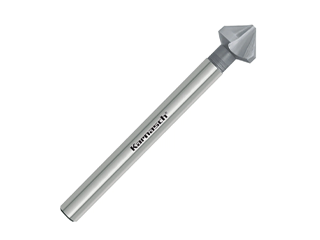
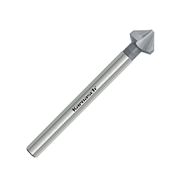
Blu-Tec coated HSS-PM countersinks offer performance comparable to carbide in unstable machining conditions.
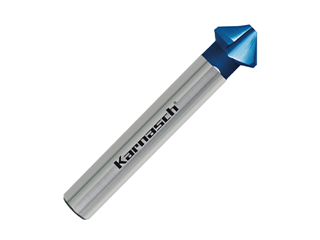
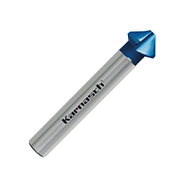
Uncoated & coated HSS countersinks. Karnasch’s HSS-XE substrate gives performance & tool life above standard HSS.
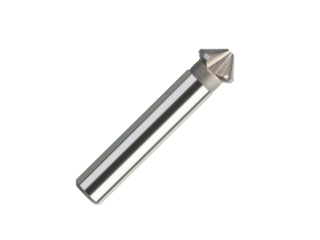
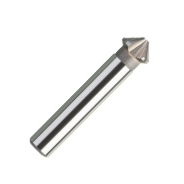
For general & high performance countersinking, in CNC, manual or hand held applications.
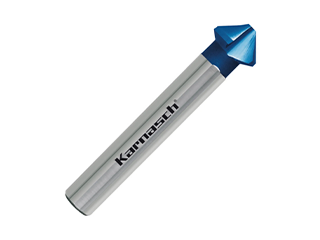
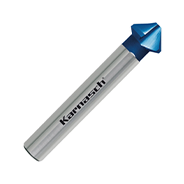
For where accuracy & precision is important. Many feature chatter-free designs to obtain excellent surface finish.
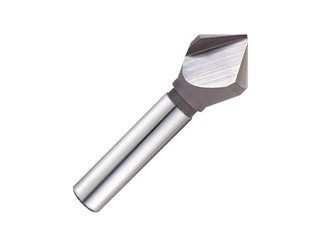
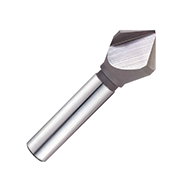
HSS 8% cobalt countersinks ideal for sheet materials, wood or hard plastics.
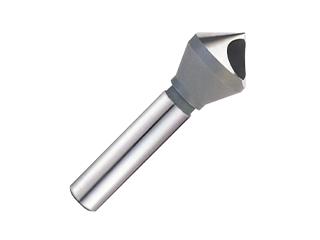
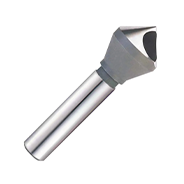
HSS 8% cobalt countersinks with hole for light metals and plastics.
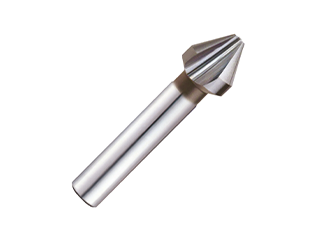
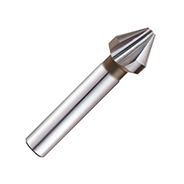
HSS 8% cobalt countersinks ideal for sheet materials, wood or hard plastics.
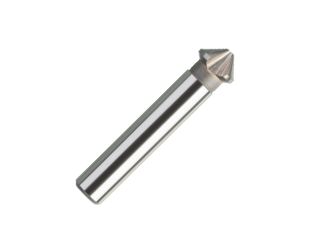
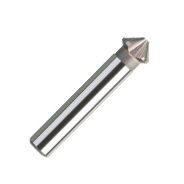
HSS 8% cobalt countersinks with hole for light metals and plastics.
Ultra-high feed rates with 4-5 flute carbide countersinks.
Blu-Tec coated countersinks ideal for alloy steel, stainless steel & HRSA’s.
Get NO vibration when using RAPID-CUT countersinks.
Straight shank carbide countersinks suitable for hydraulic or shrink fit chucks.
HSS, powder metal & carbide available depending on set-up and required performance.
Perfect for where multiple diameters need to be machined, such as sub-con work.
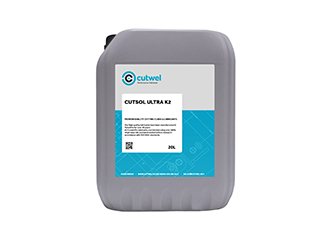
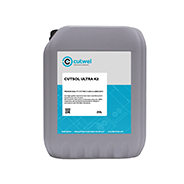
Wide range of semi-synthetic cutting fluids from ROCOL, Millers Oil & FUCHS. For milling, drilling, turning & threading.
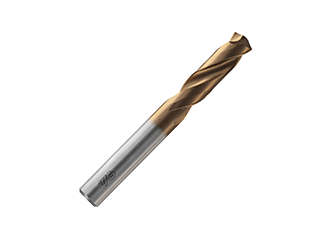
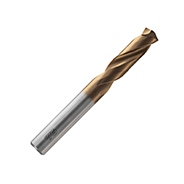
YG-1’s flagship range of high performance carbide drills. Self centering & can drill to a reamed tolerance
Countersinks are conical-shaped holes or depressions cut into a material, typically metals, plastics, or wood. They are designed to allow the head of a screw, bolt, or rivet to sit flush with or below the surface of the material. This creates a smooth, even surface, which can help prevent snagging or interference with other objects. Countersinks are typically created using specialized tools called countersink bits or countersink cutters. These tools have a conical cutting edge that removes material gradually, creating the desired shape and depth of the countersink. Countersinks are commonly used in woodworking, metalworking, and other fabrication processes where fasteners need to be securely attached without protruding above the surface. They are particularly useful in applications where appearance and aerodynamics are important, such as in aircraft manufacturing or fine woodworking.
High-Speed Steel (HSS) and carbide countersink tools are both used for creating countersinks, but they have several differences in terms of material composition, performance, and application.
HSS countersinks are made from high-speed steel, which is a type of alloy steel that contains a significant amount of tungsten, molybdenum, chromium, and vanadium. HSS tools are known for their toughness, durability, and ability to withstand high temperatures. Carbide countersink tools are made from carbide, which is a composite material consisting of carbide particles (usually tungsten carbide) bonded together with a metallic binder (usually cobalt). Carbide tools are extremely hard and wear-resistant, making them suitable for demanding machining applications.
HSS countersink tools offer good performance in a wide range of materials, including metals, plastics, and wood. They can maintain sharp cutting edges for extended periods under moderate cutting conditions. Carbide countersinks provide superior performance in terms of cutting speed, tool life, and wear resistance, especially in hard and abrasive materials like hardened steel, cast iron, and composites. Carbide countersinks can maintain sharp cutting edges for longer periods compared to HSS tools, resulting in higher productivity and lower tool replacement costs.
HSS countersink tools are suitable for general-purpose machining tasks and applications where high cutting speeds and feed rates are not required. They are commonly used in woodworking, light metalworking, and general fabrication. Carbide countersinks are preferred for high-speed machining operations and applications involving hard or abrasive materials. They are commonly used in aerospace, automotive, mould and die making, and other industries where precision and productivity are critical. In summary, while both HSS and carbide countersink tools serve the same purpose, the choice between them depends on factors such as material being machined, cutting conditions, desired performance, and budget considerations. HSS tools offer good versatility and cost-effectiveness, while carbide tools provide superior performance and durability, especially in demanding machining applications.
When considering which countersink is needed for an application, some common considerations are the angle, feature set and geometry. Taking a look at each factor in-turn, this can be used as a selection guide to help identify the perfect countersink tool for your application.
Countersink tools are available in a variety of angles, each suited to different applications and materials. The most common angles for countersinks include:
These are some of the most common angles for countersink tools, but other angles are available as well, depending on specific application requirements. The choice of countersink angle depends on factors such as the material being machined, the type of fastener being used, and the desired appearance and functionality of the countersink.
Countersinks are available in various geometries to suit different applications and machining requirements. Some common geometries include:
These are just a few examples of the geometries available for countersinks. The choice of geometry depends on factors such as the material being machined, the specific application requirements, and the desired surface finish.
Countersink tools from Cutwel offer several key features and advantages which maximise their efficiency and performance in a variety of applications. These include:
These are some of the features commonly found in countersink tools. The choice of features depends on factors such as the specific application, material being machined, desired results, and user preferences.
Creating an account has many benefits: check out faster, keep more than one address, track orders and more.